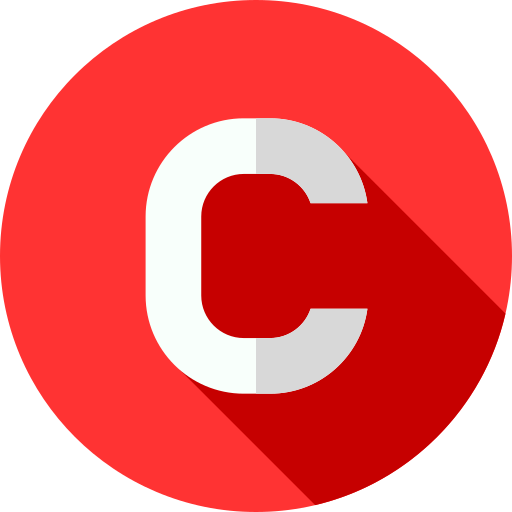Introduction
Ever stumbled upon an intriguing web page and wondered how it’s built? Or perhaps you’re a budding web developer trying to learn from existing sites? This is where the “view-source” function becomes invaluable. Viewing the source code of a webpage can unveil the underlying HTML, CSS, and JavaScript, offering a treasure trove of insights.
Understanding View-Source
Definition and Purpose
The view-source feature allows users to see the raw code behind a webpage. It’s like peeking behind the curtains of a theater production, revealing the mechanics of what makes the show possible.
Common Use Cases
Whether you’re debugging, learning, or simply curious, view-source is a handy tool. It helps in understanding how certain web elements are created and can inspire new design or functionality ideas for your own projects.
Accessing view-source on Different Browsers
Google Chrome
- Steps to Access View-Source
- Open Chrome and navigate to the webpage.
- Right-click on the page and select “View page source.”
- Shortcut Keys
- Press
Ctrl + U(Windows/Linux) orCmd + Option + U(Mac).
- Press
Mozilla Firefox
- Steps to Access View-Source
- Open Firefox and go to the desired webpage.
- Right-click on the page and choose “View Page Source.”
- Shortcut Keys
- Press
Ctrl + U(Windows/Linux) orCmd + U(Mac).
- Press
Microsoft Edge
- Steps to Access View-Source
- Open Edge and visit the webpage.
- Right-click and select “View page source.”
- Shortcut Keys
- Press
Ctrl + U(Windows) orCmd + U(Mac).
- Press
Safari
- Steps to Access View-Source
- Open Safari and load the webpage.
- Right-click and choose “Show Page Source.”
- Shortcut Keys
- Press
Option + Cmd + U(Mac).
- Press
Interpreting the Source Code
Basic HTML Structure
When you view the source, you’ll see the HTML structure, usually starting with <html> and <head>, followed by the <body> where the main content resides.
CSS Elements
CSS stylesheets control the visual presentation. Look for <link> tags in the <head> section or <style> tags that directly include CSS.
JavaScript Components
Scripts add interactivity and are often found in <script> tags. They can be embedded in the HTML or linked externally.
Practical Applications of Viewing Source Code
Learning Web Development
By examining well-designed sites, you can learn effective coding techniques and best practices.
Debugging and Troubleshooting
View-source is crucial for identifying issues in your own web pages.
Enhancing Web Security
Understanding how a site is constructed can help in identifying and mitigating potential security flaws.
Copying and Adapting Code Snippets
It’s common to adapt and modify code for personal use, but always ensure you understand what the code does.
Ethical Considerations and Legalities
Respecting Copyright and Intellectual Property
Always respect the original creator’s rights. Use code ethically and avoid direct copying for commercial purposes without permission.
Responsible Use of Copied Code
If you use someone else’s code, give credit where due and ensure it aligns with legal guidelines.
Step-by-Step Guide: Using view-source on milfat.com/threads/13244/
Overview of the Specific URL
When accessing //milfat.com/threads/13244/, you’ll encounter a unique discussion thread or forum post. Viewing the source can reveal user interactions, embedded media, and more.
Key Elements to Look For in the Source Code
- Thread Structure: HTML tags that denote different sections of the thread.
- User Comments: Identifiable by recurring HTML patterns.
- Media Embeds:
<img>,<video>, or<iframe>tags.
Examples of Useful Code Snippets
Look for JavaScript functions that handle user interactions or CSS classes that style the thread’s layout.
Tools and Extensions to Enhance Source Viewing
Recommended Browser Extensions
- Web Developer: Adds a toolbar with various web development tools.
- View Source: Enhances the built-in view-source functionality with additional features.
Integrated Development Environments (IDEs)
IDEs like Visual Studio Code or Sublime Text offer advanced code viewing and editing capabilities.
Advanced Techniques
Inspect Element vs. View Source
While view-source shows the raw HTML, Inspect Element (F12 in most browsers) offers a dynamic view of the code, reflecting real-time changes and styles.
Using Developer Tools
Developer tools provide in-depth insights into a webpage’s structure, styles, and scripts, allowing for live editing and debugging.
Editing and Experimenting with Code
Experiment with modifications in a local environment to see how changes impact the page without affecting the live site.
Conclusion
Viewing the source code of a webpage like //milfat.com/threads/13244/ is an invaluable skill for web enthusiasts. It opens a window into the construction and functionality of web pages, fostering learning and innovation.
FAQs
What are the risks of viewing source code?
Generally, viewing source code is safe, but avoid executing unknown scripts to prevent security risks.
Can viewing source code harm my computer?
No, viewing source code is a read-only action and cannot harm your computer.
How can I use view-source to improve my website?
Analyze well-designed websites to learn new techniques and apply those insights to enhance your own site.
Is it illegal to copy code from other websites?
Copying code verbatim for commercial use without permission is typically illegal. Always use code ethically and respect copyright laws.
What should I do if I find a security vulnerability?
Report it to the website’s administrator or use responsible disclosure channels. Avoid exploiting the vulnerability.


